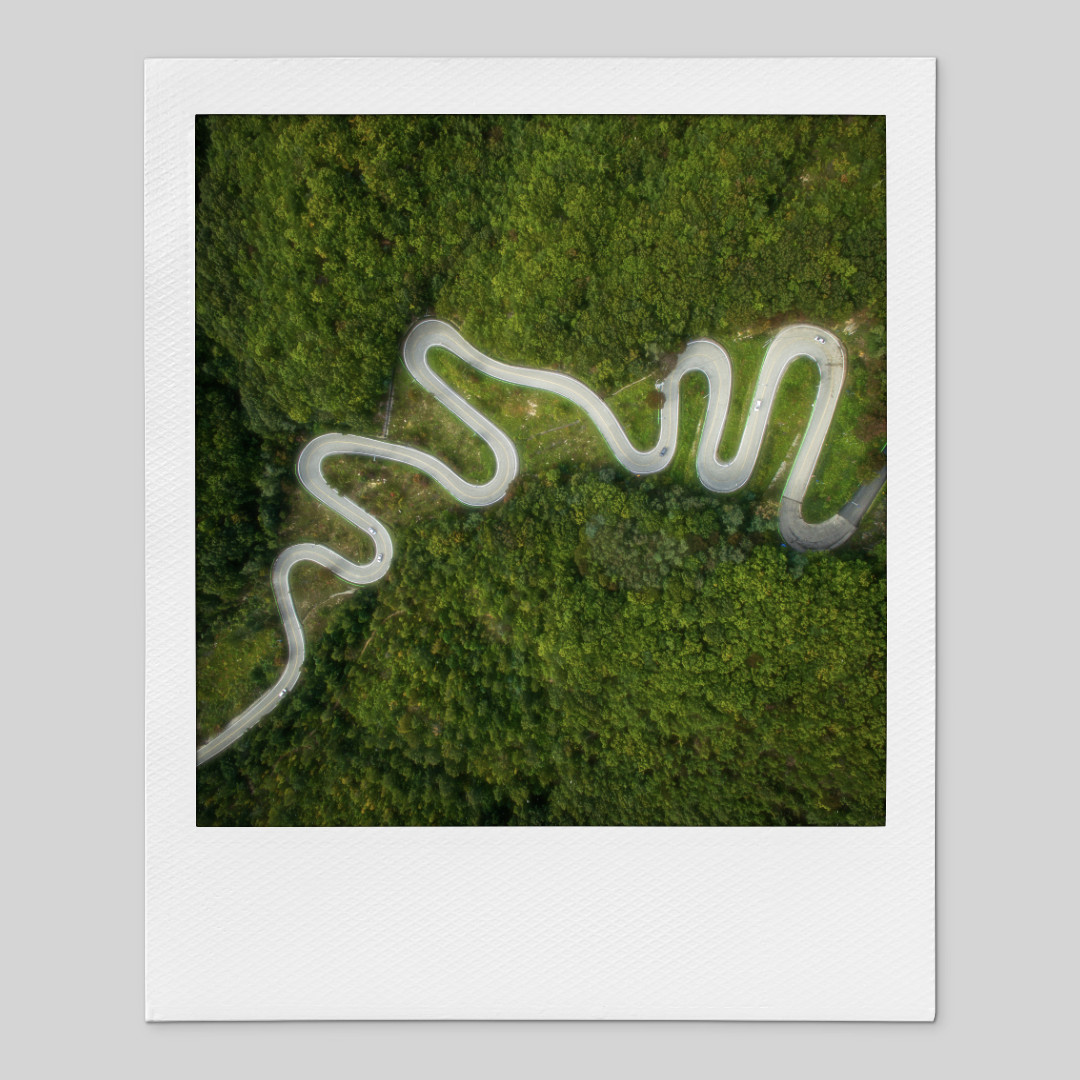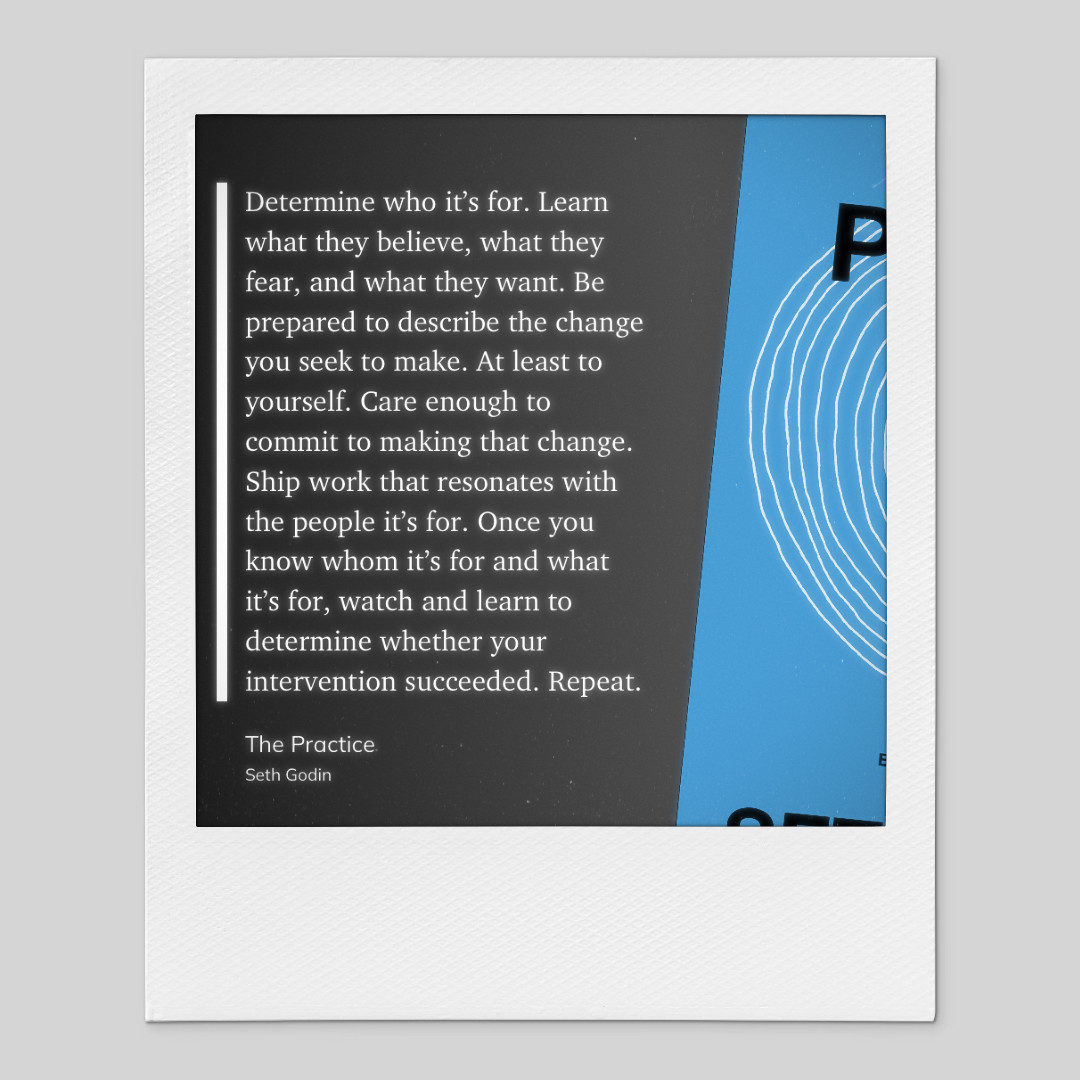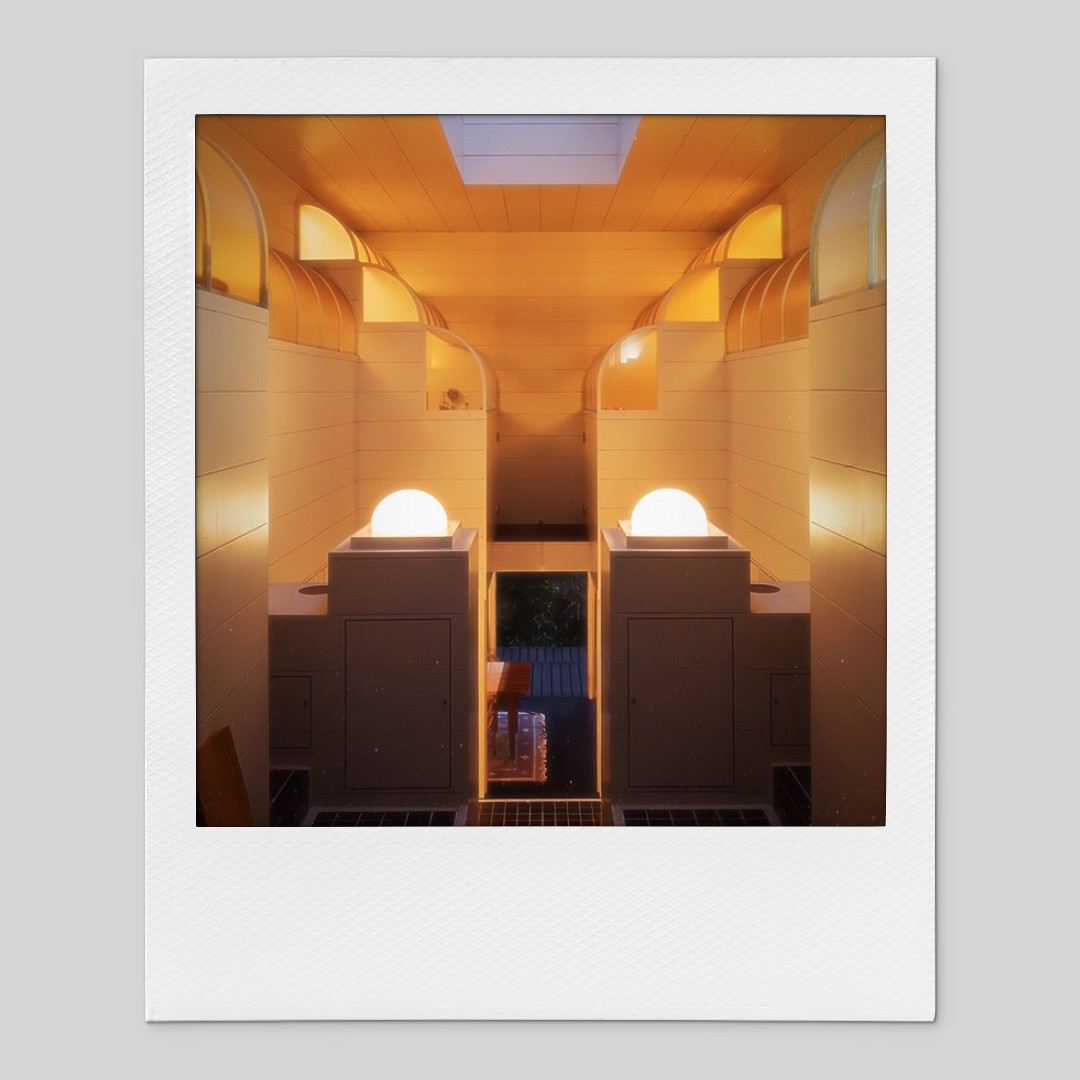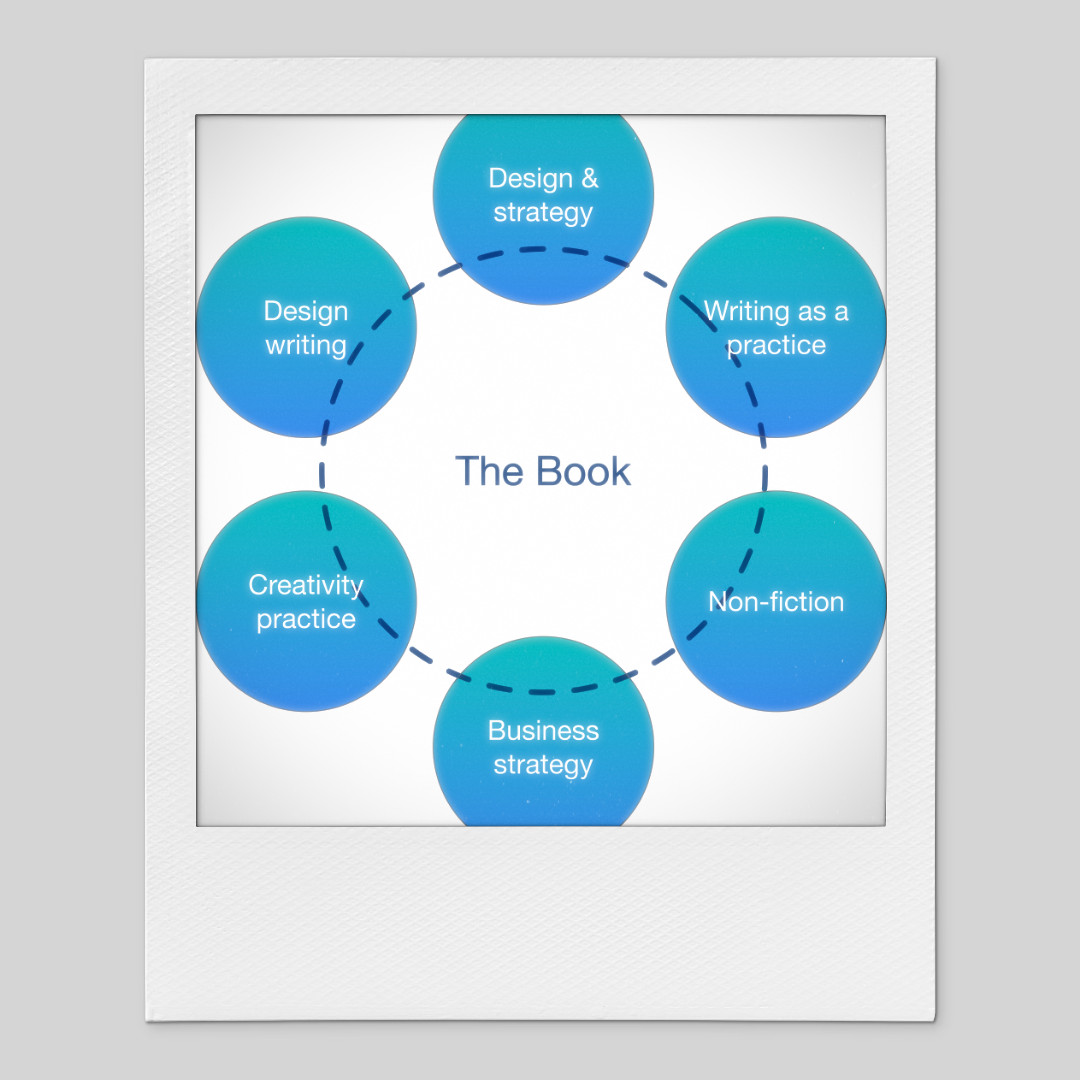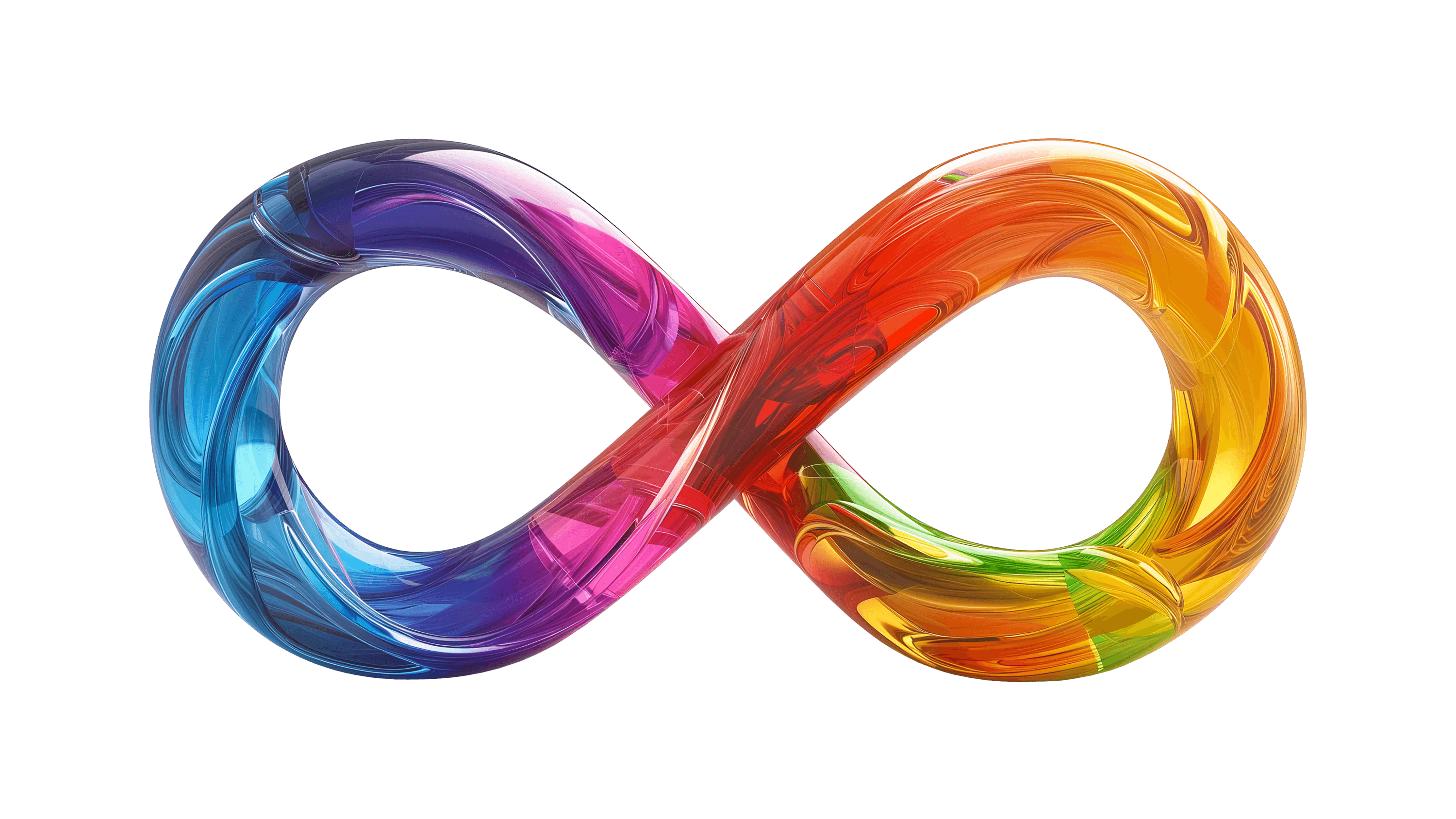Further to this older post I have been thinking about the book again, and what it may offer to its readers. I had an interesting pathway into design, one that combined the formal and spatial composition typically associated with architectural design with the crafting of words, sentences and meaning in the service of the design effort. I think the book will offer students of architecture and design an alternative pathway to that typically pursued in the profession, transposing the desire for 'design' (the verb) into the world of 'writing' (also a verb). Not one or the other; not exclusively defining the overall effort in one medium or another - rather, a combinatory pathway into a career in design.
Will I manage to pull it off? I am uncertain. Nevertheless, here goes.
Read more...The book is designed for anyone who has been through architecture or design school, whether or not they have achieved licensure or registration. It emphasizes that many who complete architecture programs don't become formal architects, but can still carry a deep passion for the art of architecture. This passion and experience can be a foundation for exploring other creative and professional avenues.
Unregistered professionals can view their provisional status either as a limitation or as an opportunity. Instead of feeling inadequate without the official title, they can see the lack of definition as a chance to explore limitless possibilities in their design and creative work. The book encourages leveraging the uncertainty and undefined status to discover unique personal and professional identities.
For those who endured the rigorous critique and challenges of architecture school, the book offers a blueprint for harnessing their design passion in a new medium. It doesn't aim to replace the traditional aspects of architecture but to add another dimension to it through language, writing, and text. The goal is to reignite the desire to create and transpose it into a form where one can "draw with words."
Read more...
Embarking on a creative endeavor often feels like navigating through a tangled mess, a sentiment vividly captured when reflecting on the transition from writing.consulting to writing.design. This chaotic state of uncertainty, while bewildering, is paradoxically a sign that the project is progressing well, embodying a crucial phase of integration and synthesis. Such disarray is familiar terrain for veterans of creative industries, though it may perplex those outside this sphere.
In the journey of crafting a book project, the focus has shifted inward towards the realms of architecture and design, areas deeply embedded in the author's professional and journalistic pursuits. This pivot, although it may seem evident in hindsight, highlights the importance of embracing all possibilities when starting from scratch. The gravitation towards familiar territories of design and architecture not only marks a return to one's roots but also promises a rich exploration of these fields in the forthcoming book.
As the project continues to unfold, there's an air of anticipation about what will emerge in the near future. This redirection towards specific professional domains signifies a narrowing of focus that may harness the untamed aspects of the creative process, guiding it towards a more defined outcome. The journey, rife with uncertainty and rediscovery, suggests that the final synthesis will reveal insights intertwined with the worlds of design and architecture, offering a unique perspective to its readers.
Read more...In an exploration of the intertwining worlds of writing, design, and the essence of uncertainty, the journey into the unknown is celebrated with the launch of a Substack titled 'This is Uncertain'. The newsletter promises to delve into topics that resonate at the intersection of creativity and business, with an emphasis on mindfulness and the uncharted territories of the author's book project. This initiative reflects a commitment to embracing uncertainty and the potential for original ideas to flourish within the business realm, aiming to captivate a niche audience of writers intrigued by the creative opportunities business offers.
The process of distillation in writing and design reveals a fascinating contrast; active creation and passive reflection comprise the cycle of producing meaningful work. The author shares insights from decades of design consulting, highlighting the importance of allowing the subconscious time to process and refine ideas. This dichotomy between active effort and necessary rest challenges the conventional workflow but is crucial for achieving depth and authenticity in creative outputs.
Intuition, informed by professional education and experience, emerges as a significant theme. The author recounts a lesson on the importance of recognizing intuition not as a dismissal of formal education, but as an informed, nuanced tool sharpened by years of learning and practice. This redefined intuition guides the pursuit of 'The Clarity Engine'—a concept whose potential impact the author is eager to explore, trusting that time will validate this intuition-driven endeavor.
Read more...In the process of creating compelling narratives, the concept of distillation emerges as a pivotal strategy, akin to a craftsman refining their masterpiece to its essence. This involves a deliberate narrowing of focus to align closely with a very specific audience, enhancing relevance through a process of convergence before allowing the narrative to broaden its appeal through divergence. This methodology reflects a reversed approach to the 'diamond' model of design, emphasizing the importance of specificity before expansion.
The 'double diamond' model, as explained by the Design Council of the United Kingdom, offers a visual representation of this creative process. By initially condensing the scope of work to a highly targeted niche, the foundation is laid for the narrative to then extend its reach, ensuring that the initial tight focus enhances the subsequent broad appeal. This model is celebrated for its effectiveness not only in writing but also widely adopted across various fields of process and experience design.
Adopting this strategy, the writer opts for a counter-intuitive yet potentially rewarding approach to storytelling. By aspiring for their book to resonate deeply with a narrowly defined audience segment, the aim is to establish a strong initial connection that can eventually propel the narrative beyond its initial confines. This deliberate focusing and subsequent expansion underscore a commitment to crafting a narrative that, while starting with a tight embrace, is designed to unfold in broader, more inclusive waves, promising more insights in future developments.
Read more...In the realm of creativity, the birth of our stories teeters on the edge of a fine line between being crafted from scratch and being uncovered through exploration. This duality—the act of designing something entirely new while simultaneously discovering what already exists—is a dance familiar to anyone engaged in creative work. The blending of these two processes results in a unique narrative that feels both entirely original and deeply rooted in discovery.
The journey of creation is not just about making or finding, but rather a complex intertwining of both. As creators, there is a constant back and forth between drawing from the well of imagination to design something novel and navigating the world as it is to uncover truths. The creative process then becomes a delicate balance of asserting authorship while acknowledging the role of discovery in shaping the final piece.
Navigating this paradox requires adaptability and experience, especially in understanding when to lean more into one role than the other. Creators don the hats of both designer and discoverer, learning to transition between these roles with fluidity. This nuanced understanding of creativity emphasizes the importance of embracing the dynamic nature of the creative process, where both design and discovery play critical roles in bringing any artistic vision to life.
Read more...

